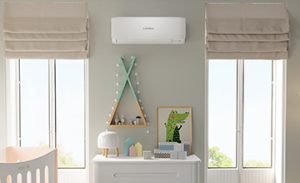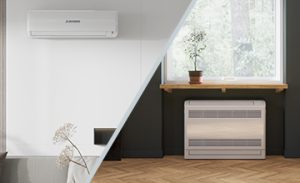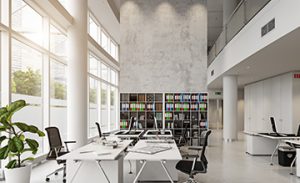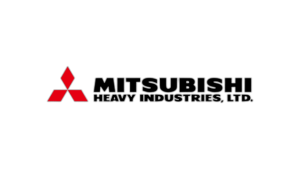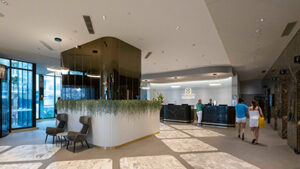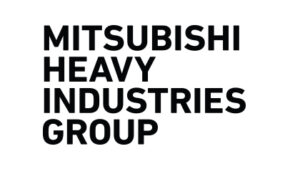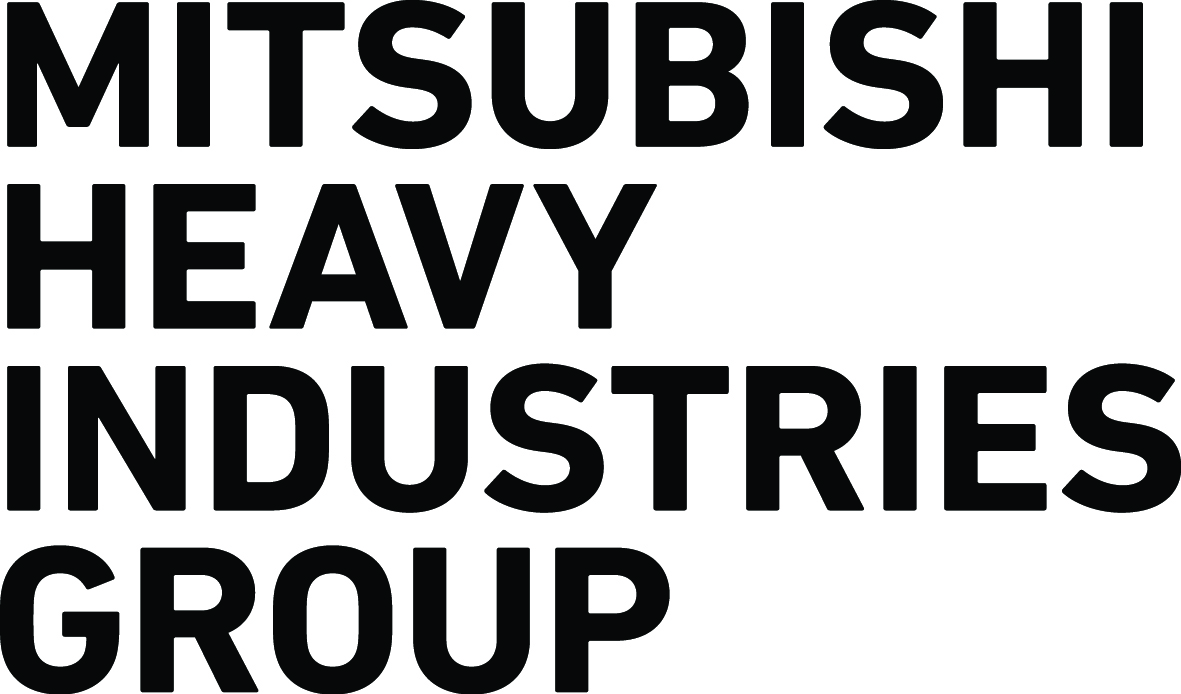CHARTING NEW WATERS IN SHIPBUILDING
The Cornerstone of MHI Craftsmanship, MHI’s Shipbuilding has Continued to Deliver Ships that Respond to the Needs of the Time
 The history of MHI’s shipbuilding history began in 1857, four years after the arrival of Commodore Perry’s Black Ships. Ever since, shipbuilding has remained the cornerstone of the company’s technology and craftsmanship, and more than 5,400 ships have been constructed to date. For over 150 years, MHI’s ships have continuously evolved to meet the changing needs of the times. Between the opening of Japan and the beginning of World War II, ships played an important role connecting Japan to the rest of the world. As the country pressed forward with modernization, demand grew for vessels that could serve overseas routes, such as the TENYO MARU luxury cruise ship (1908 (Note)) and emigrant ships. The subsequent emergence of geopolitical tensions shifted focus towards warships. MHI drew on its shipbuilding technology to build a string of warships, including the majestic MUSASHI battleship (1942). After World War II, MHI’s robust shipbuilding activities contributed to earning the foreign currency that Japan needed for its economic recovery. When the country entered its era of rapid economic growth, MHI supported its leap to economic superpower status by building state-of-the-art ships such as Japan’s first container carrier, the HAKONE MARU (1968), and VLCCs.
The history of MHI’s shipbuilding history began in 1857, four years after the arrival of Commodore Perry’s Black Ships. Ever since, shipbuilding has remained the cornerstone of the company’s technology and craftsmanship, and more than 5,400 ships have been constructed to date. For over 150 years, MHI’s ships have continuously evolved to meet the changing needs of the times. Between the opening of Japan and the beginning of World War II, ships played an important role connecting Japan to the rest of the world. As the country pressed forward with modernization, demand grew for vessels that could serve overseas routes, such as the TENYO MARU luxury cruise ship (1908 (Note)) and emigrant ships. The subsequent emergence of geopolitical tensions shifted focus towards warships. MHI drew on its shipbuilding technology to build a string of warships, including the majestic MUSASHI battleship (1942). After World War II, MHI’s robust shipbuilding activities contributed to earning the foreign currency that Japan needed for its economic recovery. When the country entered its era of rapid economic growth, MHI supported its leap to economic superpower status by building state-of-the-art ships such as Japan’s first container carrier, the HAKONE MARU (1968), and VLCCs.
- Throughout this article, all years in parenthesis refer to the year of ship completion.
- Photo Top: The SUZURAN and SUISEN, high-speed ferry ships (overall length 224.82m and gross tonnage 16,810t), use CRP pod propulsion technology to integrate a propeller directly connected to the diesel engine with an electric pod propulsion unit. (Nagasaki Shipyard & Machinery Works, Nagasaki Prefecture, Japan)
Building Ships with High Added Value, Beyond Just Transporting People and Goods
MHI’s stance of building ships that respond to the trends of the age remains unchanged today. Global demands for more environmentally responsible and economical products are being met by the OPAL ACE (2011), a car carrier that combines fuel efficiency and environmental advances, the SUZURAN and SUISEN, high-speed ferries fitted with a revolutionary hybrid CRP (contra-rotating propellers) pod propulsion system, and a large LNG carrier equipped with a peapod-shaped tank cover and fuel-efficient turbine plant (scheduled for completion in 2014). As the only company in the world capable of integrated production of not just ships but also engines, high-performance turbines, and marine machinery, MHI is now presented by the tide of the times with a glorious opportunity to deploy the full range of its technological and manufacturing powers. In addition to enhancing fuel efficiency and pursuing increased environmental friendliness, MHI’s shipbuilding business is shifting its focus towards high-value-added ships for niche markets. This is best exemplified by the development of the HAKUREI, a marine resources research vessel, and the YUMEIRUKA, a deep-sea unmanned exploration vessel. MHI’s shipbuilding business is about to change course towards manufacturing products that deliver ever-more value to society.

(Photo Above) Large LNG carrier with the recently developed “SAYAENDO” continuous integrated tank cover. Fitted with a highly efficient ultra steam turbine (UST) plant, this ship is expected to come into active use worldwide in tandem with dramatic increases in shale gas production. (Planned for building at Nagasaki Shipyard & Machinery Works, Nagasaki Prefecture, Japan)

